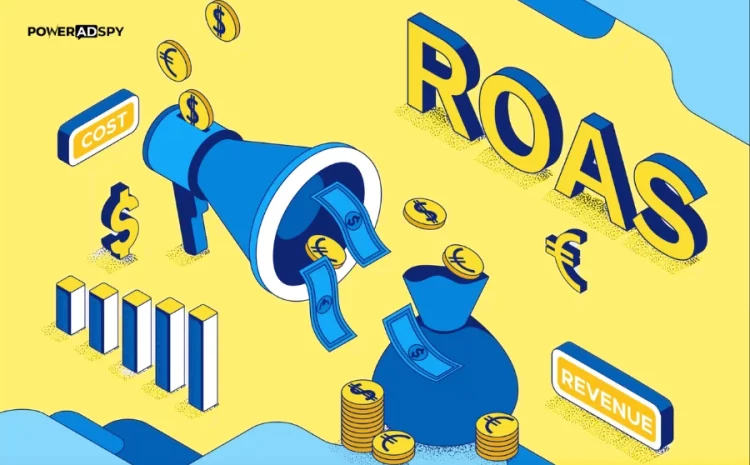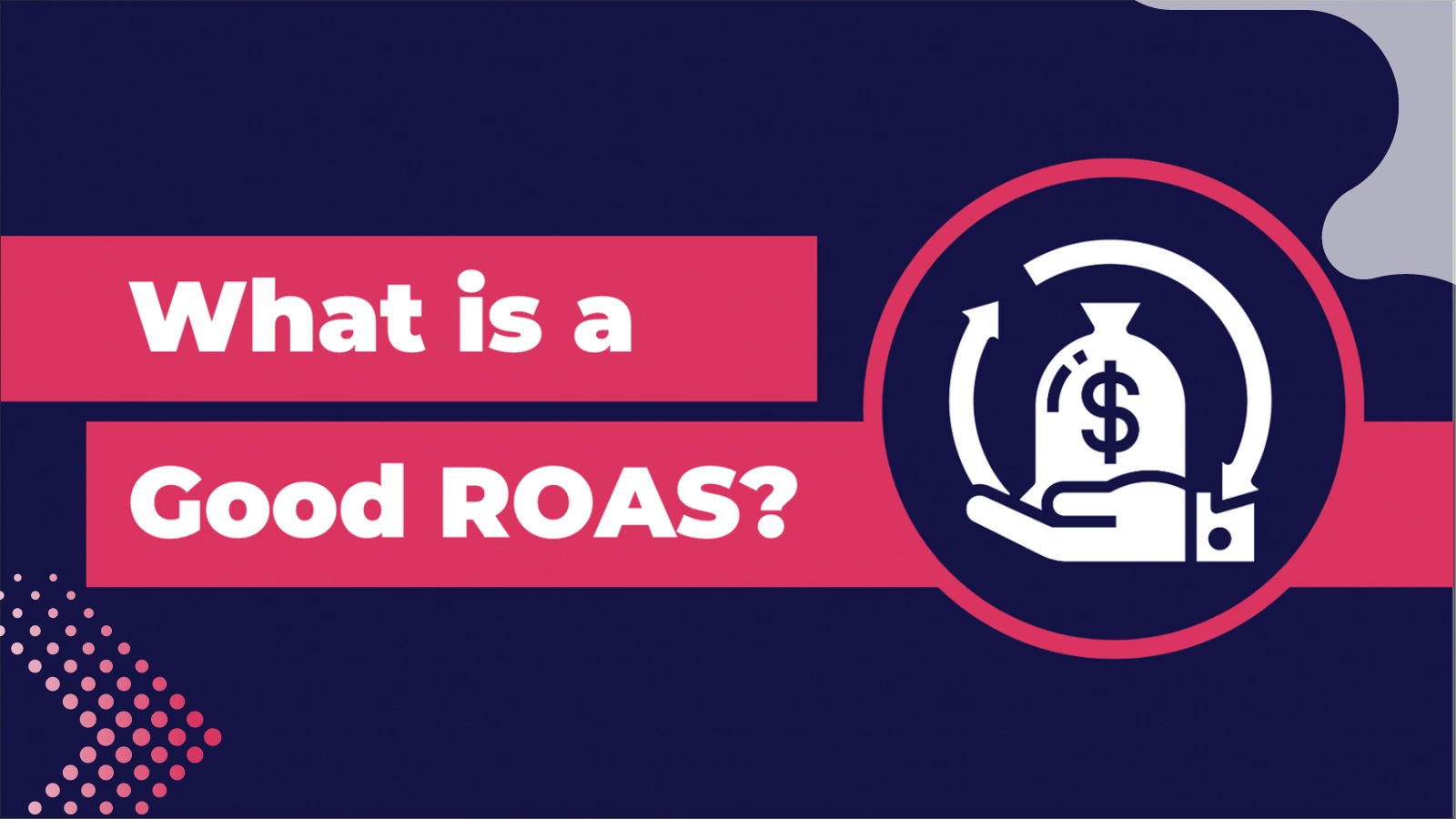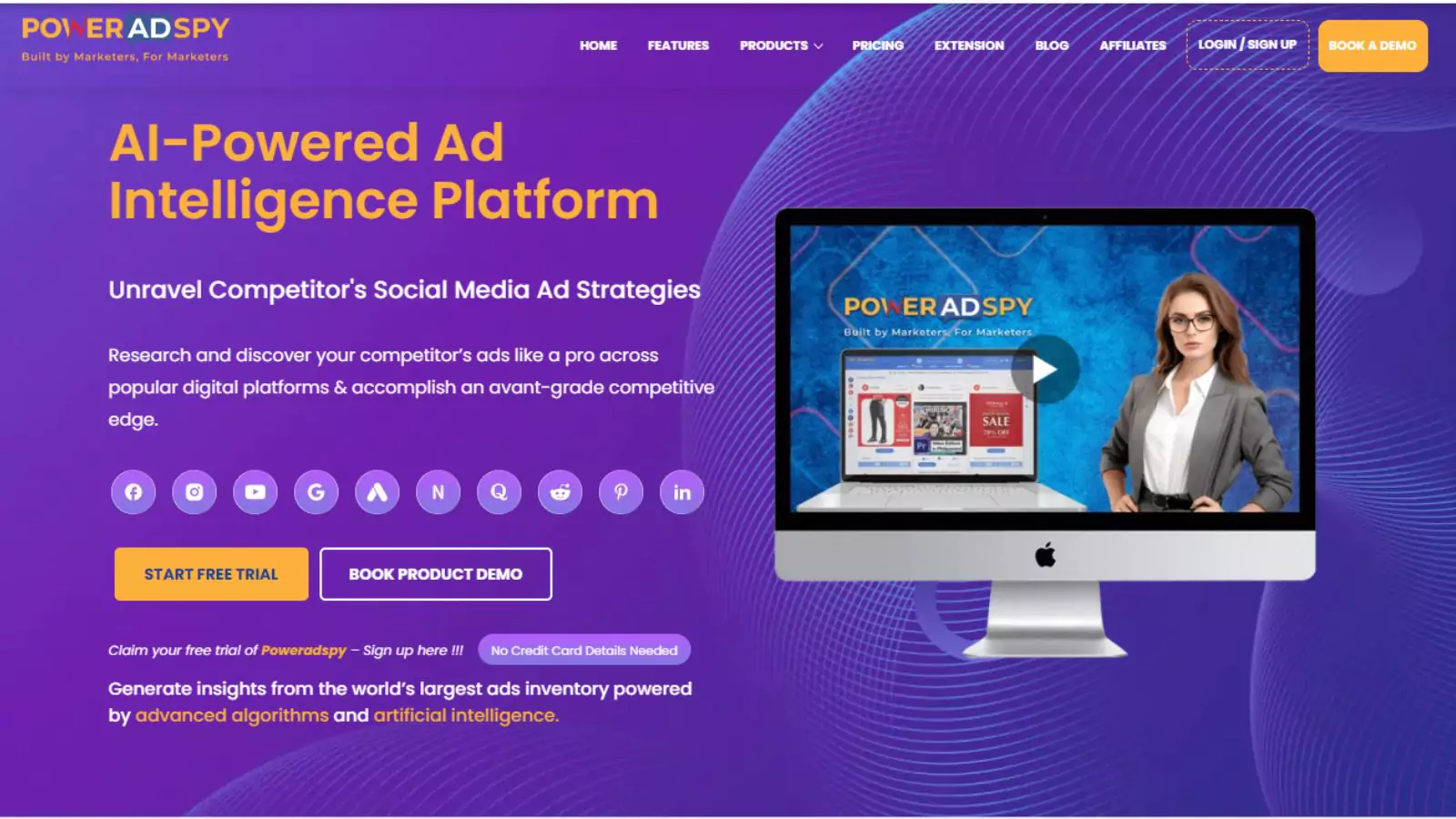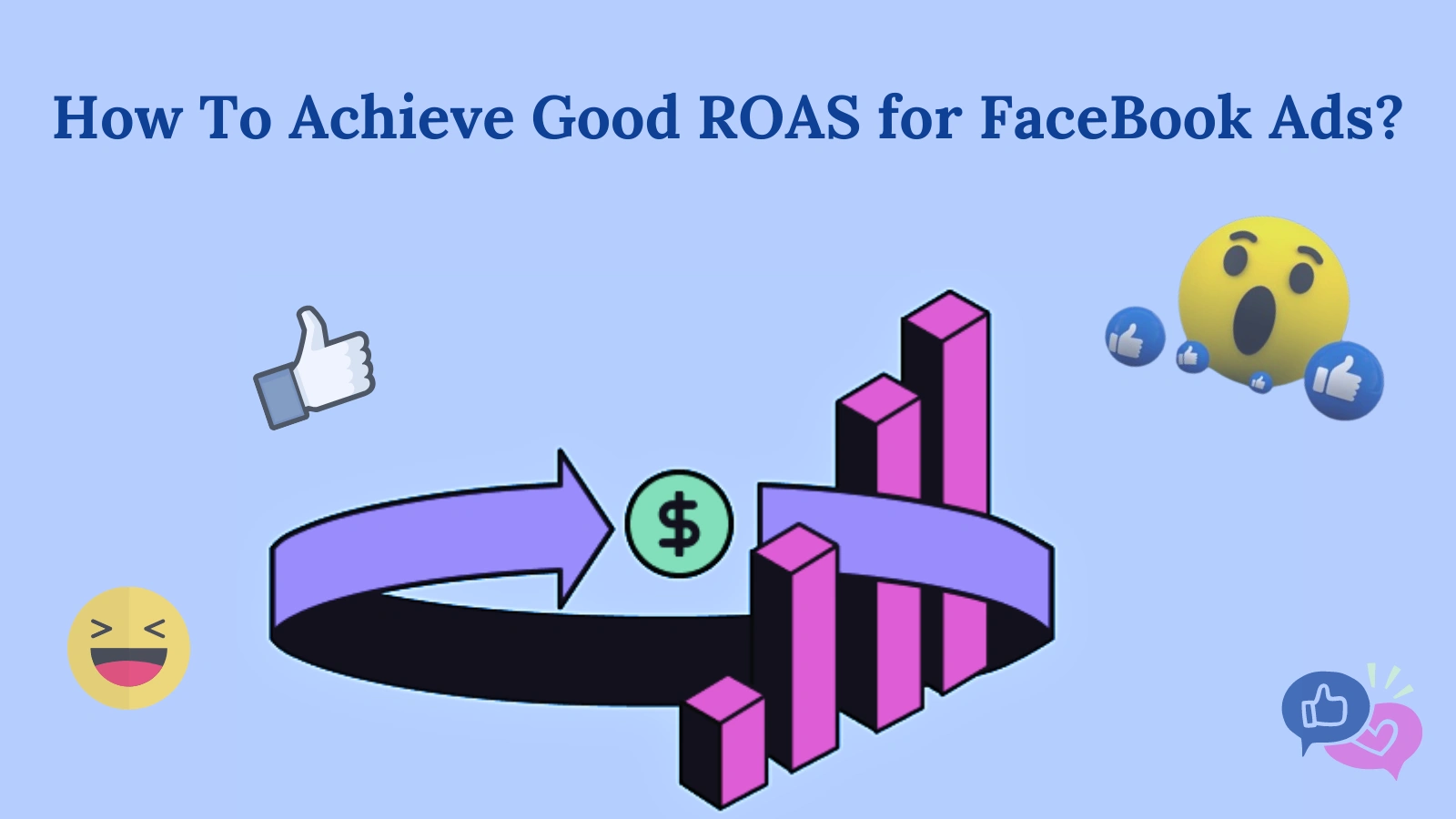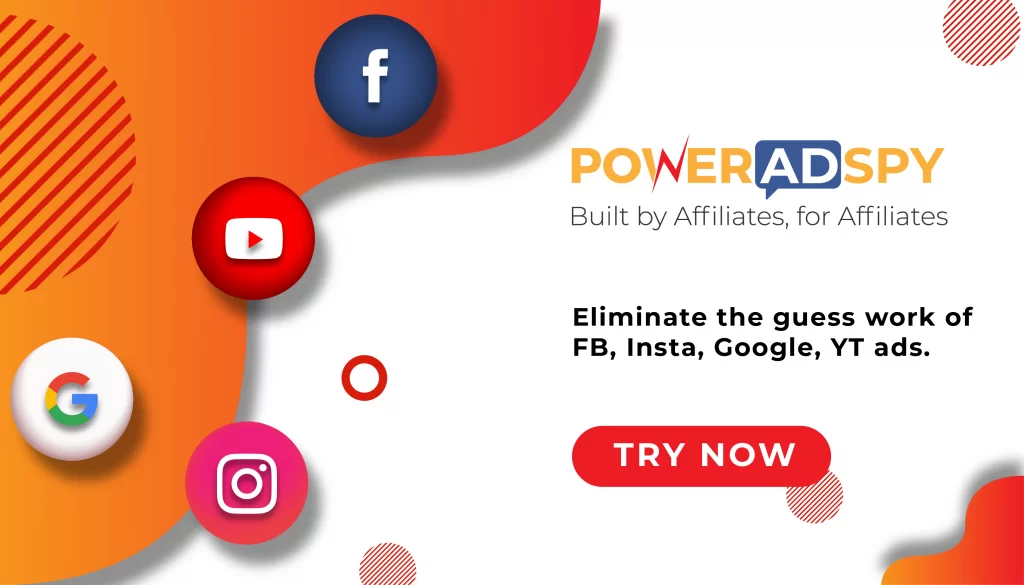How To Achieve Good ROAS for FaceBook Ads? Tips That Work
As they say, a good ROAS is 3x for e-commerce, 4-6x for B2B, and often 7-10x for campaigns when you have executed it well. We all know that ROAS stands tall as a crucial metric, guiding businesses towards optimal allocation of resources and maximizing profitability in the dynamic world of digital marketing.
ROAS encapsulates the efficiency of advertising campaigns by quantifying the revenue generated against the dollars invested. However, achieving a commendable ROAS isn’t simply about cutting costs; it requires a strategic approach, thorough analysis, and continuous optimization.
In this blog, we have covered the basics of a commendable ROAS. From its meaning to the tips to improve ROAS, everything is there for you. So, without any further delays, let’s get started.
Listen To The Podcast Now!
What Is A Good ROAS?
ROAS (Return on Ad Spend) is a crucial metric indicating revenue generated per dollar invested in ads, such as pay-per-click (PPC). A higher ROAS signifies better performance. Analyzing ROAS helps businesses evaluate campaign success across search and social media platforms, pinpoint profitable channels, and refine ad spend strategies accordingly.
The average ROAS for Facebook ads starts at 4:1 or higher. Achieving a 4:1 ROAS implies that every $1 spent on ads generates $4 in revenue, signaling a profitable return on investment.
How To Calculate ROAS For Facebook Ads?
Determining the effectiveness of your Facebook ad campaigns hinges on calculating Facebook ROAS. The formula of good ROAS is simple: divide your total ad revenue by the total ad spend.
ROAS = Total Ad Revenue / Total Ad Spend
For instance, if you’ve invested $1,000 in Facebook ads and reaped $5,000 in revenue, your ROAS stands at 5.
Ensuring profitability necessitates computing your minimum ROAS, marking the break-even point for your ad campaign. It involves dividing the cost of goods sold (COGS) by the average order value (AOV).
While Facebook’s custom reporting feature can simplify ROAS calculations and reporting, opting for ad spy tools like PowerAdSpy can offer a more sophisticated approach. These tools furnish comprehensive insights into your advertising performance, empowering you to optimize facebook ads campaigns for enhanced profitability.
PowerAdSpy- AI-Based Ad Spy Tool
PowerAdSpy is a powerful advertising intelligence tool designed to help businesses gain valuable insights that will users achieve good ROAS. It also- helps its user into their competitors’ advertising strategies across various social media platforms. It offers a range of features to streamline ad research and optimization efforts.
Extensive Database:
PowerAdSpy boasts a global presence, operating in over 100 countries, and offers access to the largest database of Facebook ads, comprising more than 15 million ads. This expansive database ensures users have plenty of ad examples to draw inspiration from and analyze.
Exhaustive Dashboard:
The platform provides a comprehensive dashboard covering all aspects of ads, from significant components to minor details. Users can delve into ad creatives, targeting options, engagement metrics, and more, enabling them to conduct thorough analyses and make informed decisions.
Meticulous Search:
This Facebook ads spy tool facilitates meticulous ad searches, allowing users to pinpoint ads using diverse criteria such as niche keywords, advertisers, and domains, ultimately aiding in achieving a good ROAS. Moreover, users can subscribe to specific searches to stay updated on new ads that match their criteria.
Ad Breakdown:
With the ad breakdown feature, users can strategically target ads by filtering them based on specific components such as Objects, Text, Brand, and Celebrity. It enables advertisers to refine their targeting and create more effective ad campaigns.
Engagement Ranking:
Users can identify high-engagement ads based on metrics like likes, shares, and comments. This feature helps advertisers identify trends and understand what resonates with their target audience.
PowerAdSpy equips advertisers with the essential tools and insights needed to stay ahead in the competitive landscape of digital advertising.
What Are The Differences In ROAS Measurement Between Facebook And Google Ads?
Understanding the nuances of calculating good ROAS (Return on Advertising Spend) on Facebook and Google Ads is essential for effectively navigating these platforms. Each method offers unique insights and presents distinct challenges.
Audience Interaction Differences:
Google Ads: Targets users based on search intent, displaying ads to those diligently seeking specific products or services.
Facebook Ads: Utilizes an interruption-based strategy, showcasing ads to users based on their behavior, interrupting their social media browsing.
Resulting Variations in ROAS: Due to the differing approaches, ROAS can naturally vary between Facebook and Google Ads campaigns.
Attribution Models and Conversion Tracking:
Facebook: Employs view-through conversions, tracking conversions if users see an ad, regardless of whether they clicked on it, and subsequently become paying customers within a specified timeframe.
Google: Primarily focuses on click-through conversions, tracking conversions when users click on an ad and complete a desired action.
Discrepancies in ROAS Calculation
Using diverse attribution models can lead to discrepancies when comparing good ROAS between Facebook and Google Ads campaigns.
Understanding these distinctions is crucial for optimizing advertising strategies and maximizing returns on Facebook and Google Ads.
What Are The Mistakes You Should Avoid In ROAS Calculation?
Businesses sometimes make the mistake of bidding on their brand name, which can distort the accuracy of their Return on Advertising Spend (ROAS) measurements. It’s important to understand, that you should calculate ROAS based on non-branded traffic to get a more accurate picture of advertising effectiveness.
Additionally, when calculating ROAS, it’s crucial to consider not only the cost of paid media but also the expenses associated with managing and running ad campaigns. Here’s a closer look at six other common mistakes that hinge on good ROAS:
Neglecting audience research:
Failing to conduct thorough audience research can make it difficult- to create ads that resonate with your target audience. Understanding your audience’s demographics, interests, and pain points is essential for effective ad targeting and messaging.
Poorly defined goals and KPIs:
Without clear objectives and Key Performance Indicators (KPIs), it becomes challenging for you to track and optimize ROAS effectively. Businesses need to establish specific goals, such as increasing sales or generating leads, and align their KPIs accordingly to accurately measure their ad campaigns’ success.
Inadequate ad tracking and analytics:
Neglecting to set up proper tracking mechanisms or failing to analyze data effectively can hinder campaign performance. It’s essential to have robust ad tracking and analytics facebook ad tools in place to measure key metrics like click-through rates, conversion rates, and revenue generated.
Lack of ad testing and optimization
Failing to test and optimize ad creatives and messaging can limit good ROAS potential. By conducting A/B tests and optimizing ads based on performance, businesses can identify what resonates best with their audience and drive higher conversions.
Poor landing page experience
Even if ads drive traffic, a subpar landing page experience can negatively impact ROAS. Landing pages should be user-friendly, visually appealing, and aligned with ad messaging to ensure a seamless transition and improve conversions.
Ignoring Data Insights:
Data analysis is crucial for optimizing ad campaigns, but many businesses need to pay more attention to their data. Leveraging data insights can help identify trends and patterns to make informed decisions about adjustments to ad campaigns.
Read More
Steal The Lime-Light By Optimizing Your Facebook Ads Now
9 Facebook Ad Tools To Save Your Time And Money
How To Achieve Better ROAS For FaceBook Ads?
Now that you have covered all the essential aspects of good roas. Let’s discover practical ways to make your Facebook Ads more profitable with helpful tips and strategies.
Craft Compelling Ad Creatives:
Testing different ad creative variations is essential for pinpointing what resonates best with your target audience and achieving a good ROAS. Implement A/B testing strategies to compare creative aspects such as imagery, tone of voice, headline, and call-to-action.
Explore Different Ad Formats:
Diversify ad format to cater to varying audience behaviors and preferences, potentially increasing engagement and conversions. Experiment with options like image, video, carousel, and collection ads to find the most effective format for your campaign objectives.
Facebook Ad Format Options:
Image, video, carousel, and collection ads cater to different advertising needs.
Experience Ads offer immersive full-screen ad experiences, enhancing engagement and potentially aiding in achieving a good ROAS. Slideshow Ads provide a cost-effective alternative to video ads, suitable for slower internet connections.
Experiment with Lookalike Audiences:
Create lookalike audiences using Facebook Pixel or email list data to reach users who share characteristics with your existing customers.
Increase your ad reach by finding more people similar to your audience and balancing how many you reach with how relevant they are to your ads, which helps you get the best results for your ad spend.
Implement a Marketing Funnel:
Develop a marketing funnel encompassing stages like awareness, interest, desire, and action to guide prospects toward conversion efficiently. Focus on post-purchase stages to maintain customer relationships, foster loyalty, and encourage repeat purchases, ultimately maximizing customer lifetime value and improving ROAS additional.
The Bottom Line
Understanding the basics of good ROAS is essential for making your money work effectively in Facebook advertising. By achieving a higher return on ad spend, you can maximize the impact of your advertising budget and drive more revenue for your business.
Remember to focus on crafting compelling ad creatives, exploring different ad formats, leveraging retargeting, knowing your audience, experimenting with lookalike audiences, and implementing a marketing funnel.
With these strategies in place and using the advertising intelligence tool- PowerAdSpy, you can optimize your Facebook Ads to deliver better results and ultimately boost your overall return on investment.

